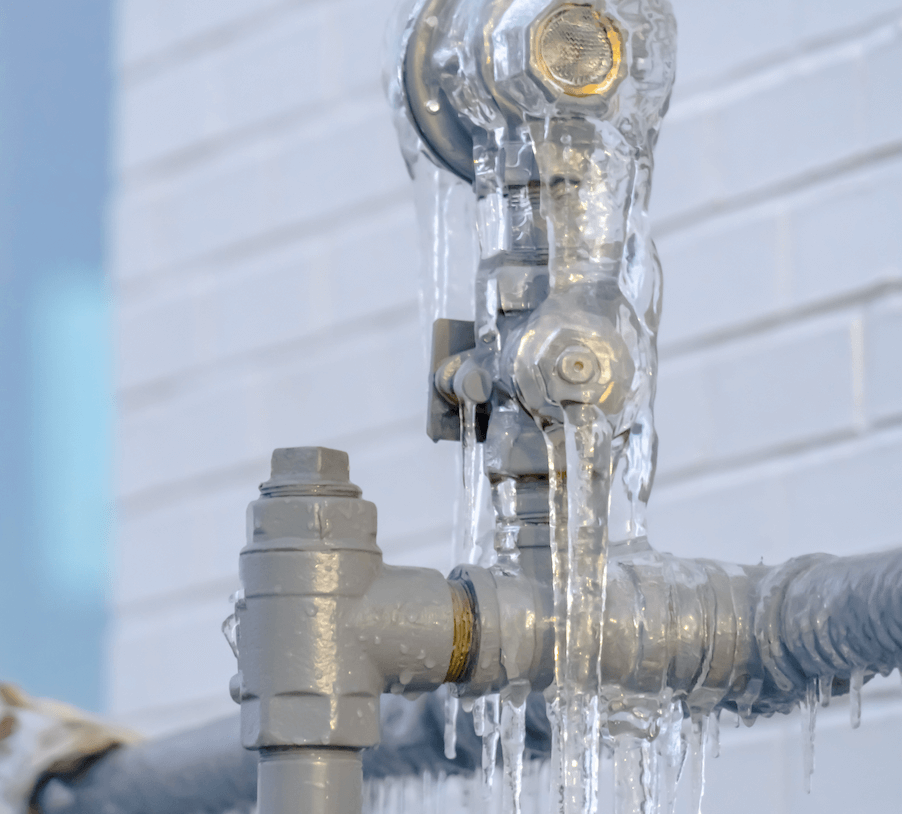Ways to Avoid Frozen Plumbing in Winter: Expert Advice
Ways to Avoid Frozen Plumbing in Winter: Expert Advice
Blog Article
Here down the page you can discover more excellent insight concerning How To Avoid Freezing Pipes.

Winter can ruin your plumbing, specifically by freezing pipelines. Right here's just how to stop it from happening and what to do if it does.
Introduction
As temperatures drop, the danger of frozen pipes rises, possibly resulting in expensive fixings and water damage. Comprehending exactly how to stop icy pipelines is crucial for property owners in chilly environments.
Recognizing Icy Pipelines
What creates pipelines to ice up?
Pipes freeze when revealed to temperature levels listed below 32 ° F (0 ° C) for expanded durations. As water inside the pipes freezes, it expands, putting pressure on the pipeline walls and potentially creating them to rupture.
Risks and damages
Icy pipelines can result in water disturbances, home damages, and expensive fixings. Burst pipes can flooding homes and trigger comprehensive structural damage.
Signs of Frozen Water Lines
Recognizing frozen pipes early can stop them from rupturing.
Just how to determine frozen pipes
Seek decreased water circulation from faucets, unusual odors or sounds from pipelines, and visible frost on subjected pipelines.
Prevention Tips
Protecting prone pipelines
Cover pipelines in insulation sleeves or make use of warmth tape to safeguard them from freezing temperatures. Focus on pipelines in unheated or exterior areas of the home.
Home heating techniques
Maintain indoor rooms effectively heated, especially areas with pipes. Open up cabinet doors to enable cozy air to circulate around pipelines under sinks.
Securing Outdoor Pipes
Yard hose pipes and outdoor faucets
Detach and drain pipes yard tubes prior to winter months. Mount frost-proof faucets or cover outside taps with shielded caps.
What to Do If Your Pipelines Freeze
Immediate actions to take
If you presume frozen pipes, keep taps open up to alleviate stress as the ice melts. Utilize a hairdryer or towels taken in hot water to thaw pipes gradually.
Long-Term Solutions
Architectural changes
Take into consideration rerouting pipes away from exterior wall surfaces or unheated locations. Add added insulation to attics, cellars, and crawl spaces.
Updating insulation
Invest in high-grade insulation for pipelines, attics, and wall surfaces. Proper insulation aids maintain regular temperature levels and minimizes the threat of frozen pipes.
Verdict
Avoiding icy pipelines requires positive actions and quick responses. By understanding the reasons, signs, and preventive measures, property owners can safeguard their pipes during cold weather.
5 Ways to Prevent Frozen Pipes
Drain Outdoor Faucets and Disconnect Hoses
First, close the shut-off valve that controls the flow of water in the pipe to your outdoor faucet. Then, head outside to disconnect and drain your hose and open the outdoor faucet to allow the water to completely drain out of the line. Turn off the faucet when done. Finally, head back to the shut-off valve and drain the remaining water inside the pipe into a bucket or container. Additionally, if you have a home irrigation system, you should consider hiring an expert to clear the system of water each year.
Insulate Pipes
One of the best and most cost-effective methods for preventing frozen water pipes is to wrap your pipes with insulation. This is especially important for areas in your home that aren’t exposed to heat, such as an attic. We suggest using foam sleeves, which can typically be found at your local hardware store.
Keep Heat Running at 65
Your pipes are located inside your walls, and the temperature there is much colder than the rest of the house. To prevent your pipes from freezing, The Insurance Information Institute suggests that you keep your home heated to at least 65 degrees, even when traveling. You may want to invest in smart devices that can keep an eye on the temperature in your home while you’re away.
Leave Water Dripping
Moving water — even a small trickle — can prevent ice from forming inside your pipes. When freezing temps are imminent, start a drip of water from all faucets that serve exposed pipes. Leaving a few faucets running will also help relieve pressure inside the pipes and help prevent a rupture if the water inside freezes.
Open Cupboard Doors
Warm your kitchen and bathroom pipes by opening cupboards and vanities. You should also leave your interior doors ajar to help warm air circulate evenly throughout your home.

We had been shown that editorial on Helpful Tips to Prevent Frozen Pipes this Winter through a buddy on a different web address. In case you liked our article please be sure to pass it around. I am grateful for your time. Revisit us soon.
Click Here Report this page